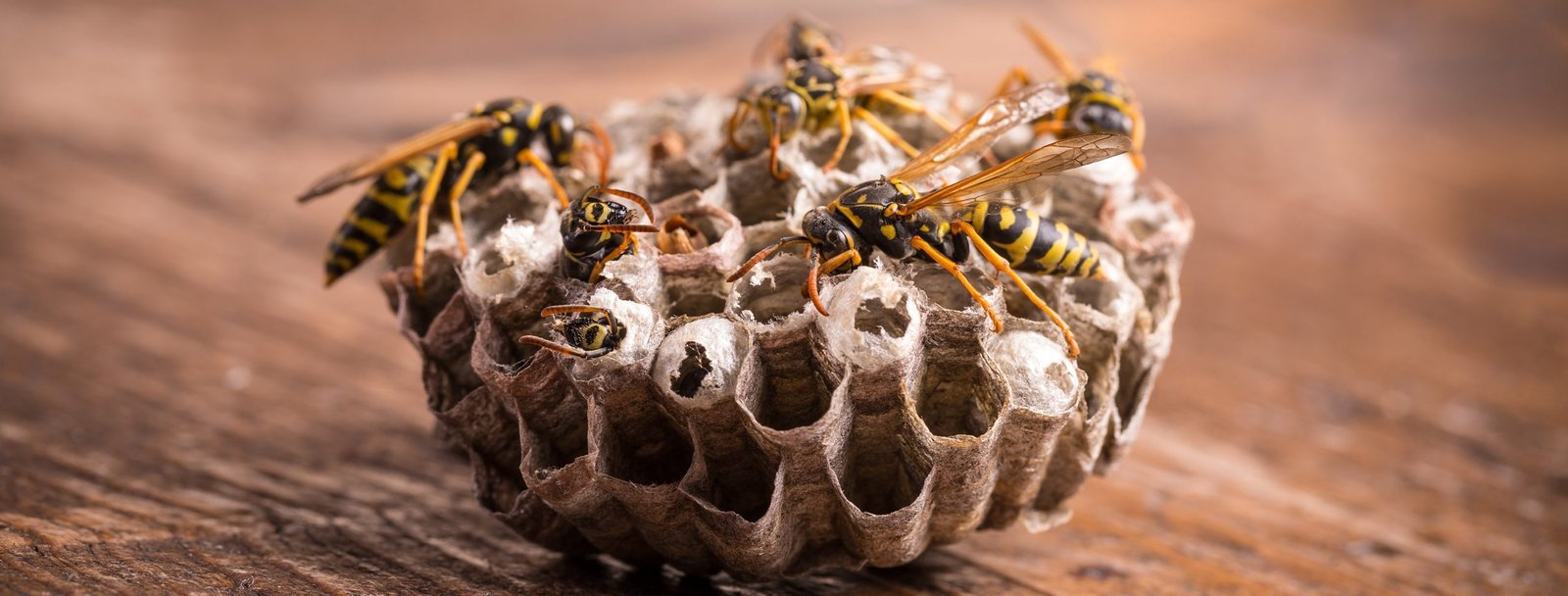What Makes Wasps And Bees Different?

Because both wasps and honey bees are capable of stinging, they can be mistaken for one another. Wasps are naturally more aggressive predators than honey bees, who can attack if provoked. It’s crucial to know the difference between honey bees and wasps to administer proper wound treatment and pest control.
Wasps and honey bees are both insects belonging to the Hymenoptera order. Their physical bodies, however, are not the same. Honey bees are approximately 2.54 cm long. Some have black bodies with orange or yellow striations, while others have black or brown bodies with orange or yellow striations. Honey bees have hairy skin, whereas wasps have smooth, shiny skin. Wasps have four wings, are narrow-waisted, and can be brightly colored with black and yellow patterns.
Bees and wasps have different lifestyles and habits. Wasp colonies typically have fewer than 10,000 individuals, whereas honey bee colonies can have populations of over 75,000. Worker honey bees create and maintain hives, while queen wasps build a nest for their colony. Honey bees, unlike most wasps, do not hibernate during the winter season and build a new nest the following autumn. They rely on food reserves and heat accumulated by thousands of workers to survive. Wasps cannot produce honey, but honey bees of all species can create and store large amounts of honey in their hives. While honey bees can only sting once before dying, a single wasp can sting multiple times before dying.
Learn More: FAQ Bees Or Wasps?
Wasp Behavior
Some wasps prey on humans, while others feed on them. Predatory wasps kill and eat other insects and animals, which they frequently feed to their larvae.
Parasitic wasps lay eggs inside the bodies of living things such as caterpillars and spiders. The larvae feed on the host that is still alive. Wasps can help manage other pests, especially in agriculture, by acting as biological control agents. Many wasps feed on the nectar of flowers and thus serve as pollinators.
Honey Bee Behavior
The majority of people only see worker bees. Depending on their age, worker bees perform a variety of tasks. Young worker bees, also known as nurse bees, provide pollen and nectar to bee larvae. Worker bees take on new responsibilities as they grow older. They secrete wax to make the honeycomb (which forms the hive) and to protect it from predators. They develop into foragers later in life, collecting nectar and pollen from flowers and returning it to the hive. Worker bees also fan the hive to keep it cool, clean it, and transport water back to the hive.
Is Wasp Removal Different Than Bee Removal?
The most effective way to get rid of wasps or hornets is to eliminate the nest, which is the primary source of the problem. Similar to wasps, beehives need to be removed as well. The difference with bees is the insects themselves need to be relocated because they will just create a new hive on the same property.
Who To Call For Was Or Bee Removal Services?
Whether you have wasps or bees on your property, the bottom line is that you don’t want them there. You don’t want to take them out by yourself, either. Their hives must be removed, destroyed, and disposed of properly; this is a dangerous task for amateurs.
Do you have a wasp or bee problem? Let the pre-qualified technicians from Animals Happen take care of it for you! Call us today for a quote or schedule an appointment with the best bee and wasp exterminators near you.
